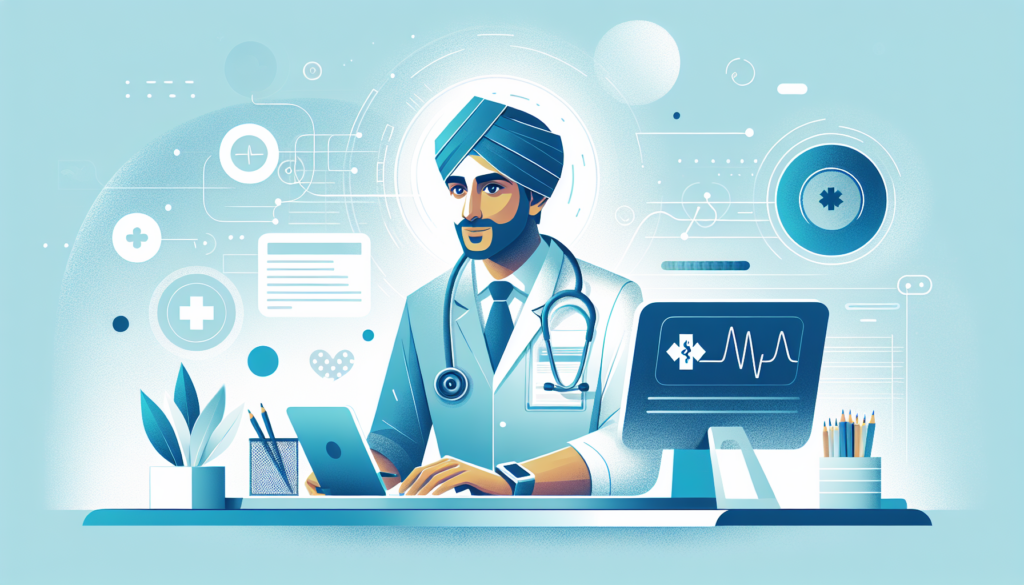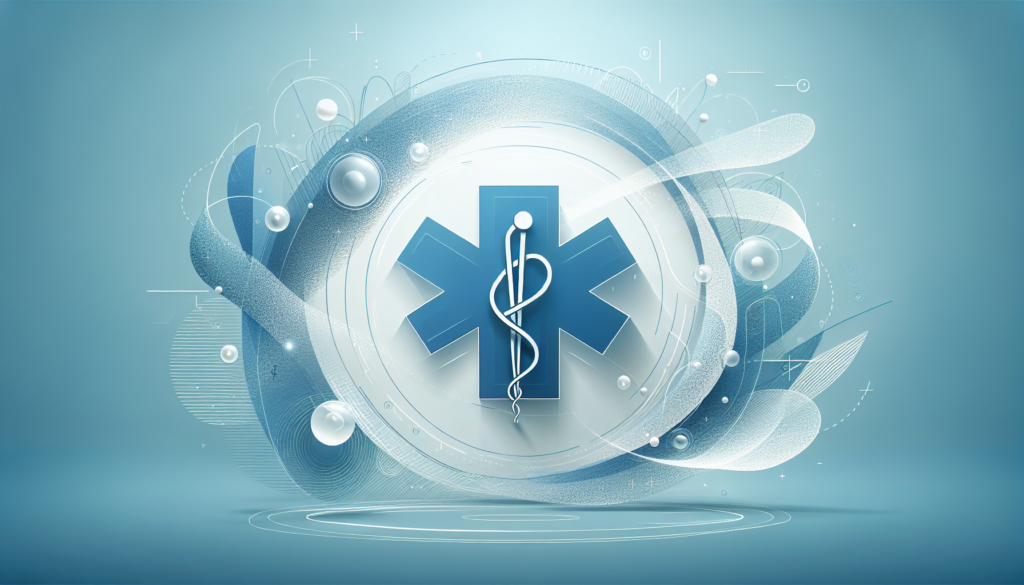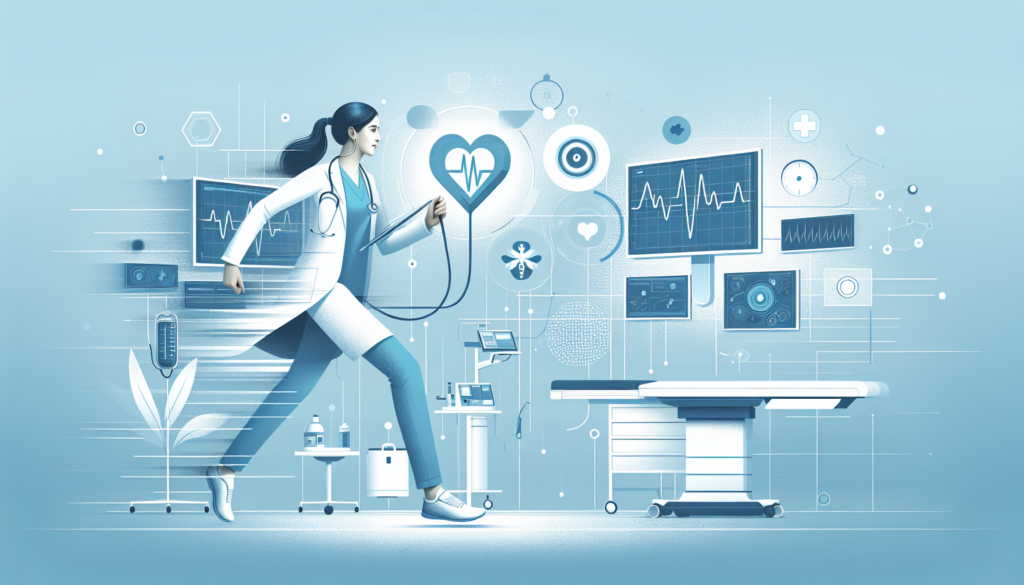Understanding Medical Document Types and Purposes
The landscape of healthcare documentation is as diverse as the field itself, encompassing a range of documents that are integral to the delivery of care. These documents serve myriad purposes, from recording patient interactions to billing insurance providers. Understanding the types and functions of these documents is critical for healthcare professionals as they navigate patient care, legal compliance, and administrative tasks.
Medical history records and progress notes are two of the most common forms of medical documentation. Medical histories provide a comprehensive snapshot of a patient’s health journey, chronicling past conditions, treatments, and familial health issues that could impact ongoing care. Progress notes, on the other hand, are dynamic documents that track a patient’s treatment and changes over time, offering healthcare providers a current and detailed account of the patient’s status. These notes can include observations, diagnostic test results, treatments administered, and plans for future care. Both types of documents demand precision and clarity to ensure that patient care is informed and continuous.
- Medical history records: Chronicling patient health and familial diseases.
- Progress notes: Dynamic updates on patient status and treatment plans.
Beyond historical and real-time patient information, other medical documents play crucial roles. For example, operative reports document the details of surgeries, from the preoperative diagnosis to the postoperative condition of the patient. Discharge summaries serve a pivotal role in transitioning care by detailing the patient’s hospitalization, treatments administered, and instructions for follow-up care. In many cases, the clarity and thoroughness of these documents can significantly affect patient outcomes and the coordination of post-discharge support services.
- Operative reports: Comprehensive accounts of surgical procedures.
- Discharge summaries: Essential for patient transitions and post-hospital care.
In the modern clinical environment, where efficiency is paramount, the role of technologies like AI-powered digital scribe solutions cannot be overstated. These advanced systems are designed to manage the creation and maintenance of such critical documents, ensuring accuracy and freeing medical staff to focus their efforts solely on patient care. By utilizing cutting-edge AI and language learning models, these tools can automate medical note-taking. This technological aid not only streamlines workflow but also mitigates the possibility of human error in documentation, bolstering both the quality of patient care and compliance with regulatory standards.
Key Elements of Effective Medical Documents
The precision of medical documents is paramount, and their effectiveness hinges on several key elements that ensure they are not only accurate but also comprehensive and easily interpretable. One of the most significant aspects is clarity: medical documents should be free of ambiguity, facilitating quick understanding by any healthcare professional who may need to refer to them. Clarity is particularly crucial when these documents serve as a communication bridge between multiple parties, such as specialists, general practitioners, and allied health professionals. Equally important, the documentation must be concise, avoiding superfluous language that could obscure essential details.
- Adherence to a standardized format
- Use of clear and concise language
- Inclusion of all relevant clinical information
- Meticulous attention to detail
Another indispensable element is consistency in the structure and format. Standardizing medical documents facilitates ease of navigation, allowing healthcare professionals to locate necessary information swiftly without the need for exhaustive searching. This standardization includes the consistent use of terminology, which can also minimise the risk of errors. For instance, medical documents should employ universally accepted medical abbreviations and nomenclature to prevent misunderstandings that could affect patient care. Additionally, the documentation must capture all relevant clinical information, such as patient history, examination findings, diagnostic test results, therapeutic interventions, and care plans, ensuring that each piece of data has its place and is easily accessible.
Lastly, effective medical documents exhibit meticulous attention to detail. Every entry must be precise, as even small errors can lead to significant missteps in patient management. For medical records to be a reliable source of patient information, details such as dosages, dates, and specifics of patient instructions are to be accurately recorded without discrepancies. This commitment to precision is vital in elevating the document’s utility for ongoing patient care, legal inquiries, and insurance purposes. The utilization of intelligent tools such as AI-powered digital scribes can greatly enhance the accuracy and quick turnaround of medical documentation, aiding healthcare providers in maintaining the high standards required for effective medical records.
- Clarity in communication
- Consistent use of medical terminology
- Accurate recording of patient details
- Integration of accurate and rapid documentation technology
Examples of Common Medical Documents Used in Healthcare
The healthcare system relies heavily on a wide array of essential medical documents that serve as the cornerstone for patient care, legal protection, and administrative efficiency. These documents are generated with meticulous attention to detail, often adhering to rigid standards to ensure accuracy and reliability. The need for efficiency and precision in creating these documents is where AI-powered digital scribes like Scribemd.ai are revolutionizing the way medical professionals handle documentation. Among the plethora of documentation types, several stand out as most common in the healthcare setting.
Medical History Records are fundamental to patient care, comprising a comprehensive report of a patient’s past and current health conditions, allergies, medications, and surgeries. These are critical for informing healthcare providers of potential complications or necessary precautions during treatment and medical interventions. Another integral document type is the Patient Intake Forms, which are filled out during the initial visit to a healthcare facility and provide essential information such as demographics, insurance details, and reason for the visit. Let’s have a closer look at some additional crucial medical documents:
- Progress Notes: Daily updates on a patient’s condition, treatment, and significant changes
- Laboratory Reports: Detailed results from blood tests, biopsies, and other diagnostic exams
- Operative Reports: A thorough account of surgeries performed, including techniques and outcomes
- Discharge Summaries: Overviews of a patient’s hospital stay, including treatment received and follow-up care instructions
In the fast-paced environment of modern medicine, these documents collectively support the continuity of care from one healthcare provider to another, serving as the basis for medical decision-making. With the legal implications and the need for rapid information retrieval, accuracy and clarity in medical documentation cannot be overstated. Medical documents such as Prescription Orders, which detail medication instructions, and Referral Letters, crucial for facilitating specialized care, are often generated multiples times daily in busy practices.
Lastly, the Diagnostic Imaging Reports prepared by radiologists provide visual evidence and professional interpretation that are invaluable in diagnosing and monitoring treatments. These crucial documents, when digitized and accurately recorded by advanced systems like Scribemd.ai, become readily accessible to improve patient outcomes and streamline healthcare workflows. Therefore, having a reliable and efficient tool that can assist in the documentation process while reducing the administrative load is a significant asset to any healthcare facility, ensuring that healthcare providers can dedicate their time and skill where it is most needed – with the patients.
| Key Takeaways |
|---|
|
How AI-powered Digital Scribes Revolutionize Creating Medical Documents
The advent of AI-powered digital scribes marks a transformative era in the realm of medical documentation. These advanced systems are designed to alleviate the often time-consuming task of creating and managing patient records, shedding the archaic yoke of manual transcriptions. By enabling medical professionals to dictate patient encounters in real-time, AI scribes capture spoken language and convert it into structured, accurate medical notes. This revolutionary shift does not only boost efficiency but also enhances the quality of patient care by ensuring that physicians can focus their energies on the patient rather than their keyboards.
The high efficiency of artificial intelligence in understanding context, deciphering medical jargon, and predicting the doctor’s documentation needs dramatically transforms the medical documentation process. To illustrate, an AI scribe can discern and document clinical details from a conversation, identify relevant medical history, and even suggest the current procedural terminology (CPT) codes, which are integral to patient billing. This capability is founded on three crucial pillars:
– **Intelligent Listening**: The ability to understand spoken language with high accuracy.
– **Contextual Awareness**: Being attuned to the nuances of medical diagnoses, treatment plans, and past patient interactions.
– **Dynamic Learning**: Constantly improving from interactions, tailoring its operations to the specific doctor’s style of communication and note preferences.
Further, the integration of machine learning and natural language processing (NLP) technologies forms the backbone of AI digital scribe platforms. NLP enables the system to parse complex medical linguistics and syntax, ensuring that the transcription is not just a verbatim text dump, but a coherent document respecting medical terminology and clinic-specific annotations. In addition to harvesting this data, the algorithmically powered scribe is also able to interface with Electronic Health Record (EHR) systems. Seamless EHR integration streamlines the end-to-end process from speech to archive, enclosing the entire workflow within a single efficient ecosystem.
At the core of these innovations is the drive to allow physicians to engage more personally and thoroughly with their patients. The presence of an AI scribe during patient encounters symbolizes a silent partner that diligently records information without interrupting the flow of conversation. By removing the administrative burden of note-taking, these scribes restore the human touch to medical practice and assure that patient narratives are captured with fidelity.
Best Practices for Managing and Organizing Medical Documents
In the intricate world of healthcare, the management and organization of medical documents is pivotal for maintaining a streamlined workflow and ensuring that patient care does not suffer from administrative lapses. A robust system can also support compliance with regulatory standards and safeguard sensitive patient information. As medical professionals grapple with a deluge of paperwork, adopting best practices for document management is a must. These practices include a structured approach to creating, storing, and retrieving medical records, which is where an AI-powered digital scribe like ScribeMD becomes an integral part of an efficient documentation ecosystem.
Standardization is the first step towards effective document management. Implementing a uniform format for all medical records streamlines the process, making it easier for healthcare providers to locate and understand pertinent information. Furthermore, categorizing documents by type—such as patient history, lab reports, and treatment plans—enhances the searchability within a medical record system. This organization can extend to the digital realm, where files should be named systematically, and tagged with relevant metadata for easy retrieval.
- Standardize document formats
- Categorize documents by type
- Apply systematic file naming conventions
- Use metadata for enhanced searchability
Digitization and the use of electronic health records (EHRs) are transforming medical document management. With digital documents, healthcare providers can ensure real-time access and updates to patient files, thus improving the quality of care. However, it’s important to maintain data integrity and security. Establishing clear protocols for data entry, regular audits, and robust cybersecurity measures helps in protecting against data breaches and ensures the accuracy of the medical records. Transitioning to EHRs, however, means carefully planning the migration of existing paper records to digital formats without disrupting daily medical routines.
- Ensure real-time access with EHRs
- Maintain data integrity and security
- Perform regular audits of medical records
- Plan carefully for the digital migration of paper records
Retention and disposal protocols are another critical aspect of managing medical documents. Adherence to legal requirements for retaining medical records is imperative, as is the establishment of secure methods for the proper disposal of outdated documents. The length of retention varies based on local regulations, but typically spans several years. Implementing reliable archiving solutions can simplify this process, making it possible to hold onto essential records for the required duration and then dispose of them in accordance with privacy laws.
- Adhere to legal requirements for document retention
- Implement secure disposal methods for outdated records
- Utilize reliable archiving solutions
- Stay informed about changes to privacy laws



